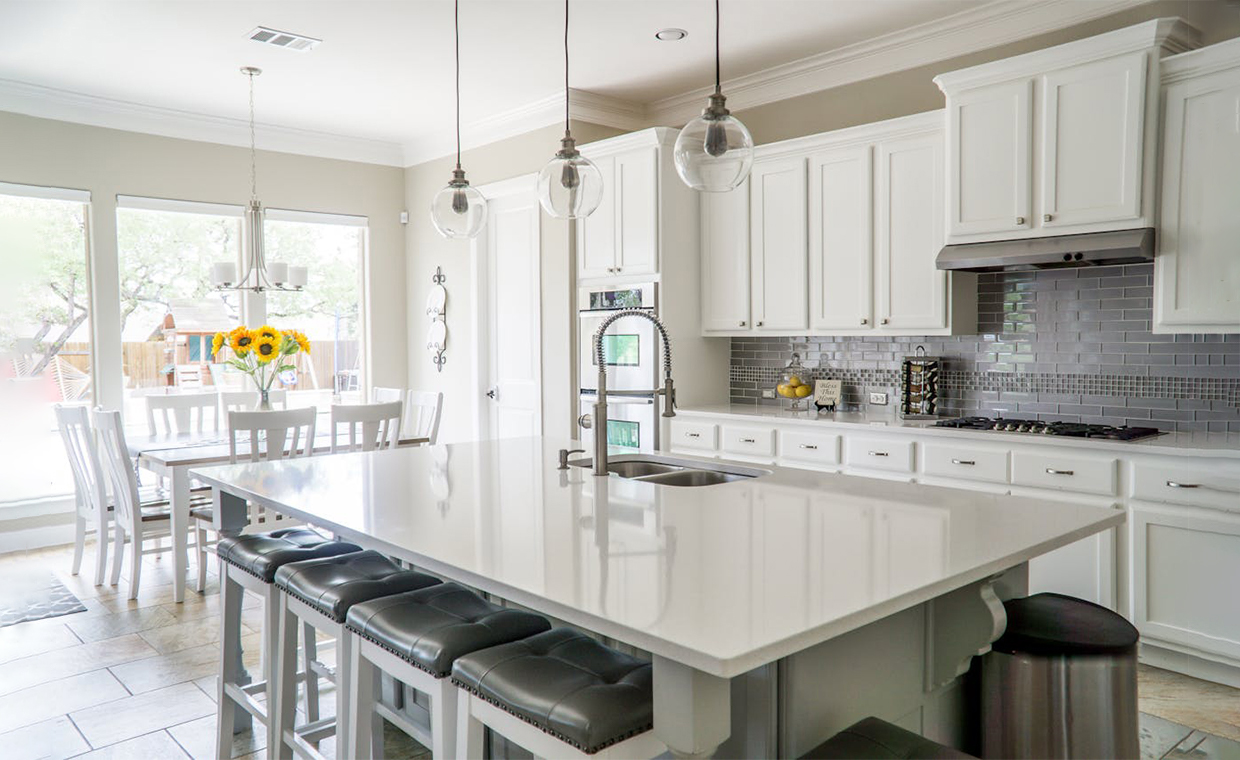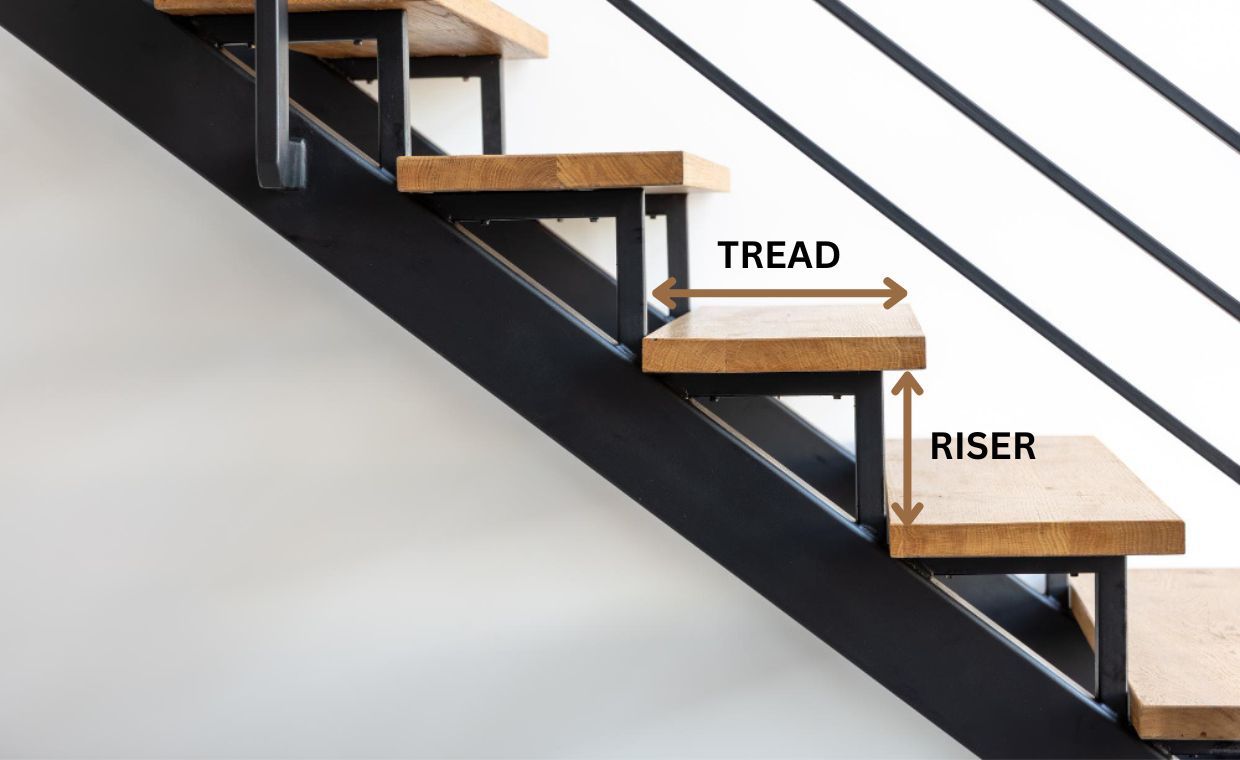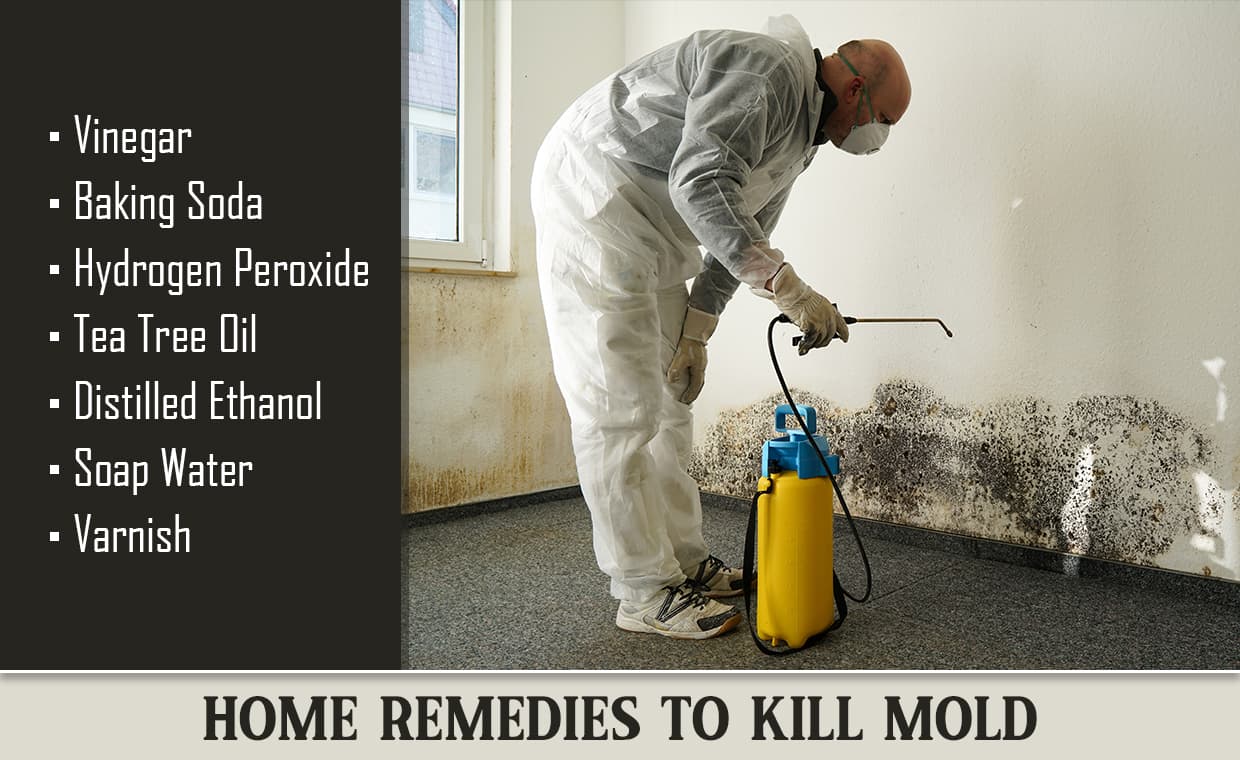
Mold is a type of fungi that pesters a lot of homeowners. Its presence inside the house can cause damages to the furniture as well as foundation of your property and also become a health hazard to everyone who lives inside your home.
Since there’s no guarantee that you won’t ever experience having mold at home, it helps to know how to spot its presence early on to eliminate it.
Causes of Mold Growth
Here are the most common causes that encourage the growth of these destructive fungi.
Organic Sources

The most common cause of mold is an organic source. Since it’s a living organism, it feeds on carbon-based materials such as fabrics, wood, or drywall. That’s why you’ll often spot green or dark-blue patches growing on wood or wallpapered walls and not on concrete or steel.
It helps to know which surfaces mold grows on to ensure that they’re always dry. Keep in mind that mold can also develop in places that may not be visible to your eye, like the back of your wallpapers or under your carpet. You must regularly inspect your home and check the most vulnerable areas for mold growth to see if it’s affected by fungi.
Mold Caused by Moisture or Water

Moisture or humid temperatures can also encourage the growth of different types of molds. Leaks or damaged walls, for instance, can result in the development of mold in as fast as 24 hours. That’s why you shouldn’t leave moisture sources inside your house unsolved. If the damage becomes too severe, household remedies or instant solutions may not be enough, and you may need to call professionals for help. If you need assistance in solving your mold problem, you may visit sites like servprosouthwestdallas.com.
On the other hand, if you’re lucky and you spot the fungi growth early on, you may try to remove it using everyday household items so you won’t need to spend a lot of money.
Natural Remedies to Get Rid of Mold
Your pantry is full of ingredients that you can use to get rid of your mold problem. If you need an affordable and effective remedy, you can try to use the following:
01. Cleaning Mold with Vinegar
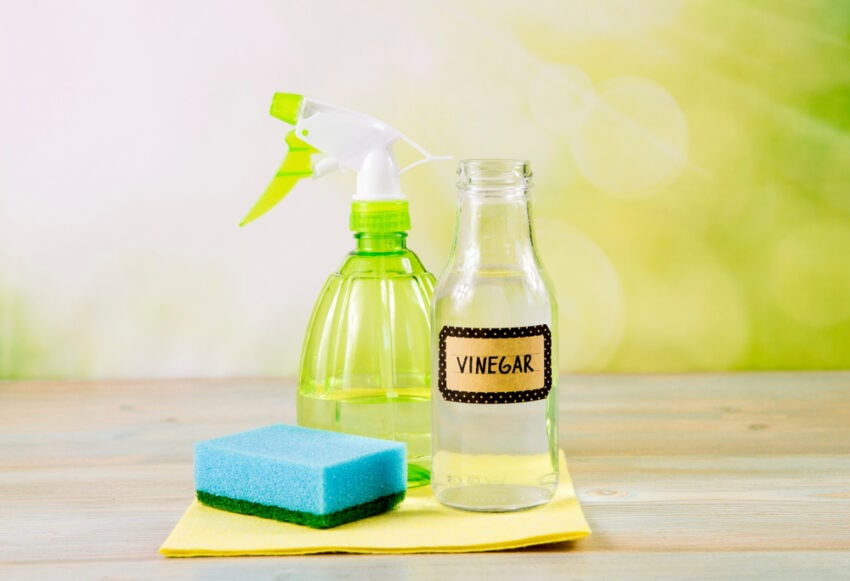
One of the most effective ingredients inside your home that works well against mold and mildew is vinegar. It’s an acidic solution that can effectively get rid of mold species that manifest in your homes. Most homeowners prefer to use this than store-bought mold removers since it’s mild and non-toxic.
You can use white vinegar by spraying it on the surfaces with mold and leaving it on for about an hour or two. Afterward, you can wipe it clean with a dry cloth. Mixing vinegar with baking soda and lemon and using it as a solution may also work better against more severe mold problems.
02. Baking Soda to Remove Mold
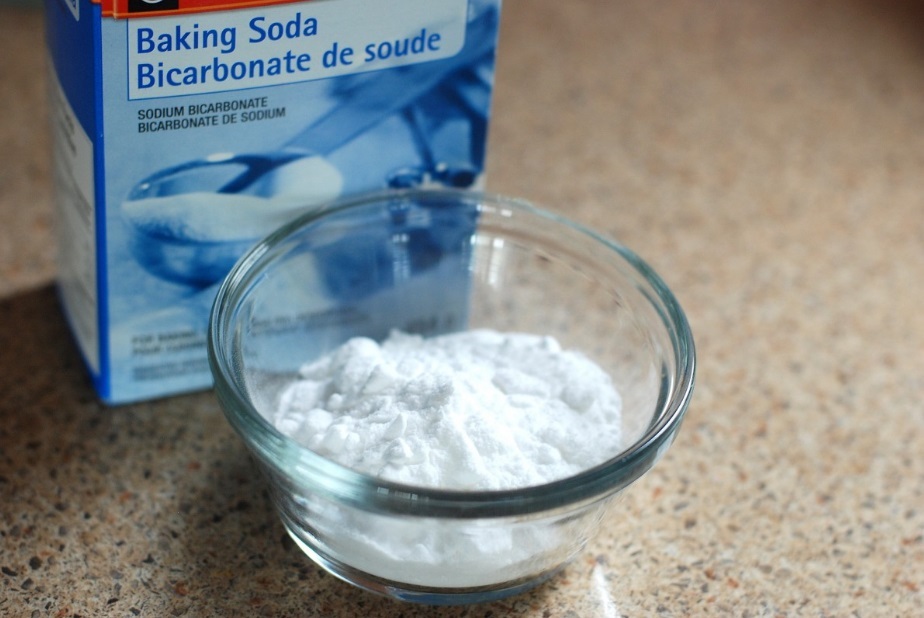
Baking soda is commonly used for cooking. However, it also has a disinfecting effect, so many people use it for cleaning purposes. If you want an odorless but powerful remedy for mold, you can try using baking soda. It works by absorbing moisture on surfaces and fighting off bacterial growth.
The best way to use this home remedy is by mixing it with lukewarm water and using it as a leave-on spray or cleaning solution. It’s practical and safe, so you can use it even when your family is at home.
03. Hydrogen Peroxide – Mold Remover

If you’re searching for an effective agent against mold, you can try using hydrogen peroxide. This is a solution that can easily be bought from a grocery or hardware store. Its anti-bacterial properties work well in getting rid of mold from all kinds of surfaces.
Like vinegar, you can just spray it directly on the affected surface and wait until the mold dies. Then, all you should do afterward is scrub it off and dry the area to prevent mold from resurfacing. Although hydrogen peroxide is an excellent anti-mold solution, you should be careful when using it on some delicate surfaces like your curtains or carpets. It can act as a bleaching agent if used in high concentrations so try to dilute it if you need to use it on fabrics.
04. Tea Tree Oil to Kill Mold Growth
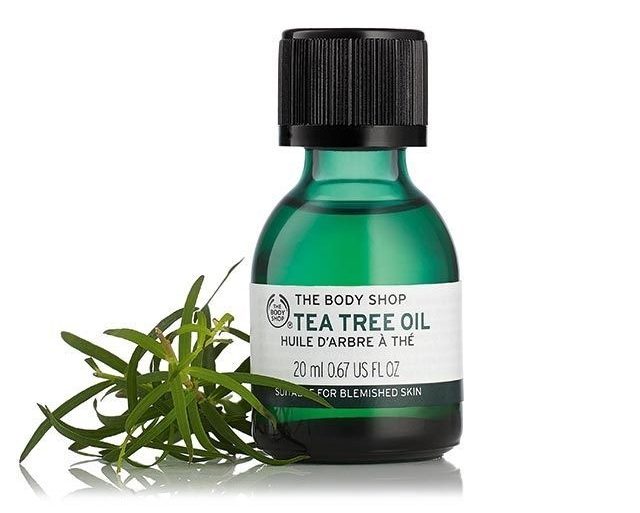
The best way for you to get rid of mold on any surface without spending thousands of dollars is to find an effective and affordable anti-bacterial solution. Tea tree oil is an essential oil that’s not only used as a remedy for acne, athlete’s foot, or dandruff but also for mold problems at home. It’s rich anti-bacterial nature helps get rid of many types of molds and mildew and prevents them from recurring. Its smell also helps eradicate the unpleasant odour that often comes with mold infestation.
05. Distilled Ethanol
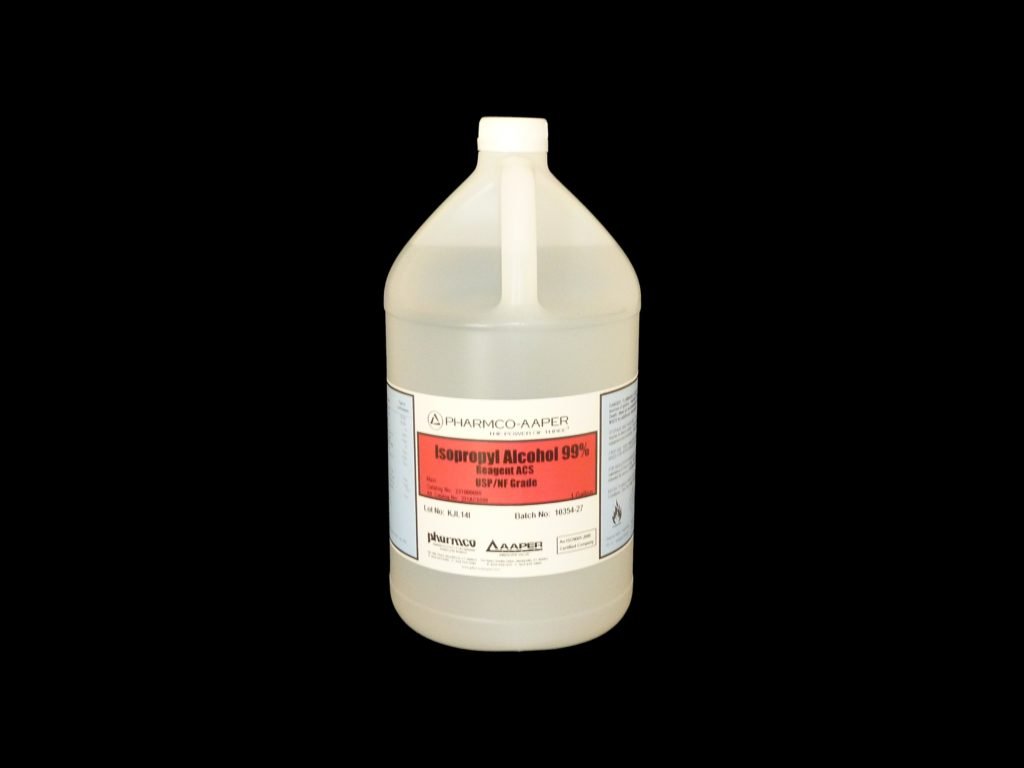
Black mold is probably the most challenging type of mold to eradicate. It’s also very dangerous to people’s health when inhaled, making it a serious household problem. If you start to notice black mold on your walls or bathroom floor, try to clean it up with distilled ethanol.
This is usually considered a pest control product and can effectively kill even the toughest types of molds and mildew. You can use it to clean the surfaces prone to mold growth and ward off any unpleasant smell.
06. Soap Water
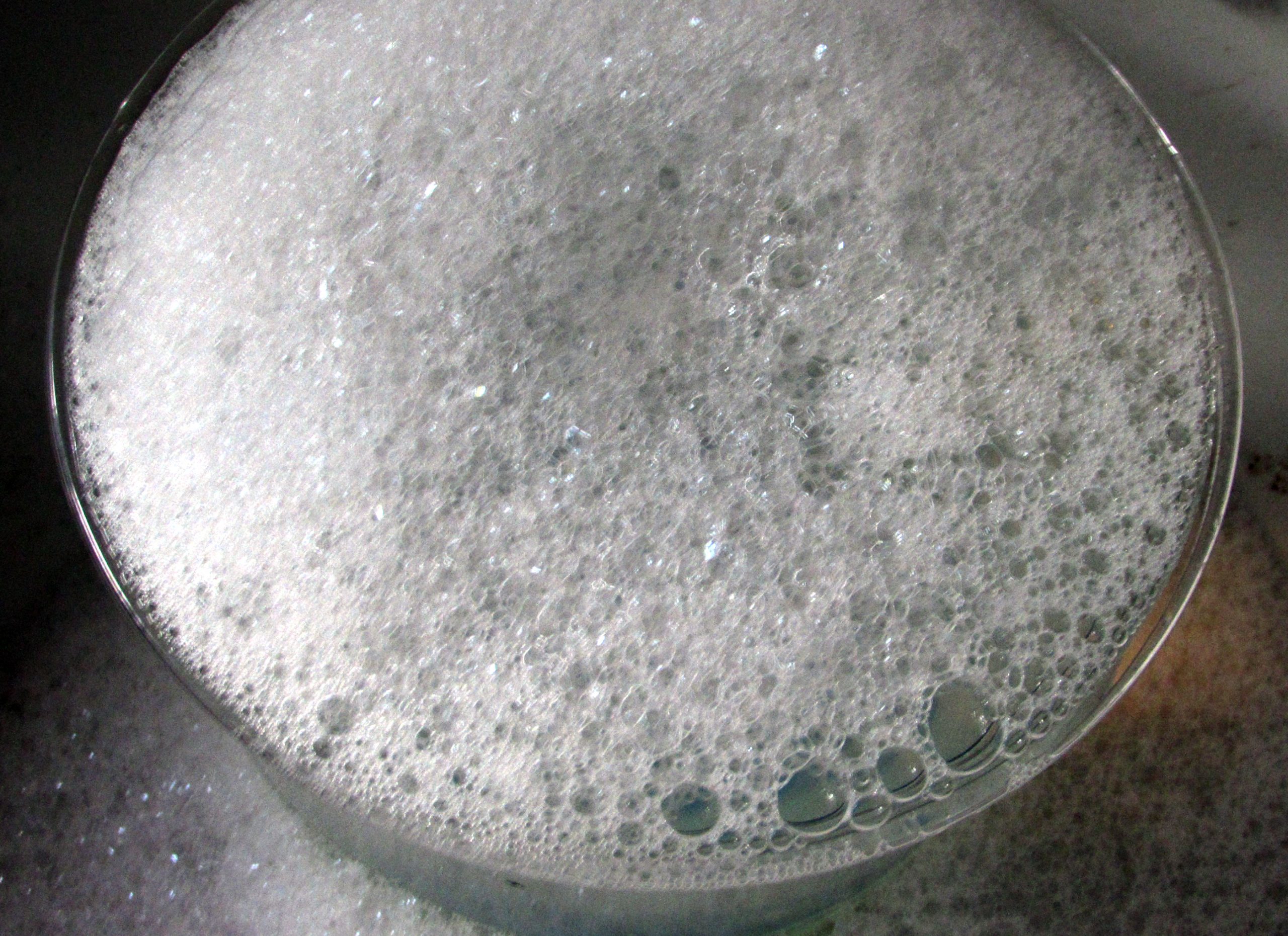
The easiest way to keep your household mold-free is by ensuring that there’s no place for them to even grow. Regularly cleaning your house and preventing moisture from building up on surfaces will help keep fungi away.
You don’t necessarily need chemicals to kill mold or mildew. If you want a mild but effective solution, you can just use soap water. Dilute some soap in water and use it on any affected area. To ensure that you get rid of the mold, use sandpaper or a scrubber while rinsing the surface you’re cleaning.
07. Varnish
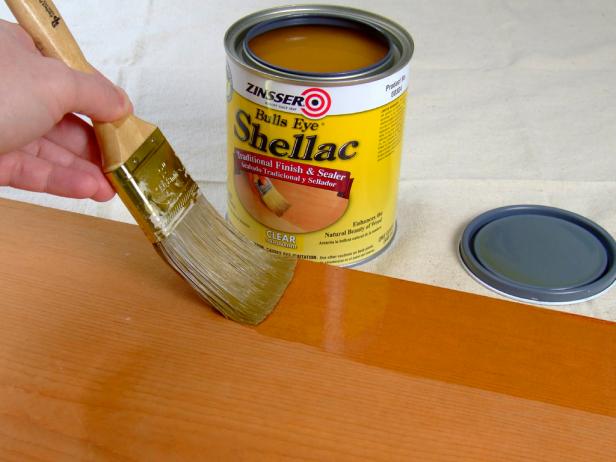
Prevention is much better than cure. When it comes to mold, it’s easier to set up measures to avoid their growth than getting rid of them once they manifest. Once mold builds up, you can’t prevent sustaining damages to your property, even if it’s minor. Of course, no homeowner wants a house that is full of impairments. If you want to ensure that all your wooden surfaces are protected from mold, you can apply a varnish coating on them.
Varnish is often applied to wooden furniture as a finishing touch to make its appearance more pleasing. But besides its aesthetic purposes, varnish can also be an effective agent to ward off mold and other pests. If you have wood walls or furniture, you should apply a varnish coating to ensure that mold won’t grow on them. Just be careful when using it since varnish has a strong odour that can cause breathing difficulties. Ensure that no one is nearby when you start working on your walls and don’t forget to wear gloves and a mask.
How to Prevent Mold Growth?
Mold and mildew can quickly grow on many surfaces. They can also be found both inside and outside your house. Your bathroom, kitchen, and outdoor garden are some of the most susceptible places where fungi may thrive. If you’re not careful, your home may become a breeding ground for mold. Of course, you don’t want this to happen since you’ll put your family at risk and incur damages to your property. To keep mold away, you can try to adopt these valuable mold prevention tips:
- Open your doors and windows in the morning to allow air to circulate and sunlight to stream in. This is an excellent way to always keep the inside of your home free from moisture and humidity. The warmth of the sunlight will help keep your wooden walls and furniture dry. It will also clear the air in case you just finished a general cleaning of your home.

- Get a dehumidifier if you live somewhere humid. You can’t do anything about the weather, so the best thing you can do to prevent mold from growing is by controlling the temperature and humidity inside your home. A dehumidifier may be a little expensive, but it will offer a long-term solution against mold growth.

- Don’t leave broken pipes or tiles alone if you don’t want them to be a source of mold. Fungi colonies can start to grow on areas that are hard to reach or clean, like the edges or cracks of broken bathroom tiles. If you don’t fix and seal them, you’ll end up with an uncontrolled mold infestation. Be sure to inspect your bathroom tiles and pipes regularly and apply a sealant resistant to mold if needed.
- Control the moisture inside your home. Fungi thrive in wet or moist environments, and seemingly harmless acts like leaving a damp towel on the ground may lead to mold or mildew. You should ensure that there are no wet areas inside your home. If you’re using rugs or carpets, dry them under the sun before using them so you can feel at ease that there won’t be damp spots that will encourage mold growth.
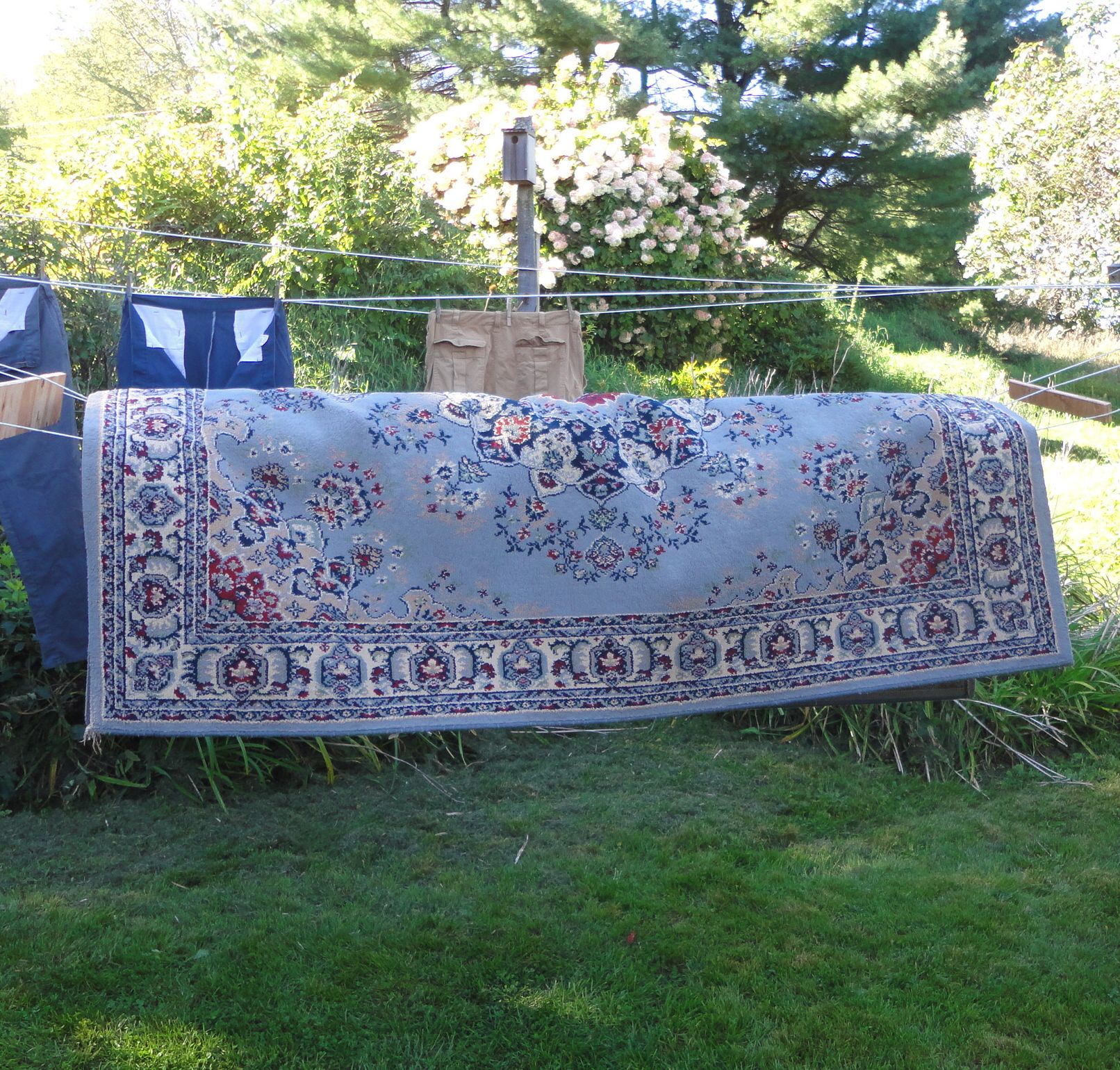
Final Thoughts:
Mold is a tricky household problem to solve. It can weaken or compromise the structure of your home if the fungi buildup becomes too severe. It’s also a health hazard to everyone living inside your house. If you can’t handle it on your own, the best solution is to call professionals for help. Some companies offer their services to get rid of molds inside residential properties. If your mold problem is minor, you can try solving it using natural remedies like baking soda or vinegar first.
And don’t forget to read below mentioned articles:
Best Tips to Prevent Mold in Bathroom
9 Signs That Your Home Needs Mold Remediation
Causes and Treatments for Algae/mold Growth in Paint























